What factors determine the classification of various Triangles?
ANSWER:
Triangles are probably the most misunderstood and misidentified wave formations. There are three categories of Triangles under NEoWave theory – Contracting, Expanding and Neutral (the Neutral category does not exist under orthodox Elliott Wave). Each category has very specific requirements for its construction; if those requirements are not met, some other pattern is forming.
In a Contracting Triangle, wave-A is always the longest and most violent, followed by wave-C (which is almost always 61.8% of wave-A) and wave-E which must be at least 38.2% of wave-C but no more than 99% of wave-C.
In a NEoWave Neutral Triangle, wave-C is the longest wave with waves-A & E tending toward equality (the same that occurs in a 3rd wave extension between waves-1 & 5). Waves-A and E in this pattern should be at least 38.2% of wave-C, but will usually be between 61.8% to 72% of wave-C).
In an Expanding Triangle, wave-A is the shortest wave, wave-C is between 101% and 161.8% of wave-A and wave-E is usually from 101% to 161.8% of wave-C. In rare cases, where the Expansion is concluding a major market advance or decline, wave-E can get “out of control,” producing a “blow-off” or “meltdown” which could make wave-E as much as 261.8% of wave-A or wave-C.

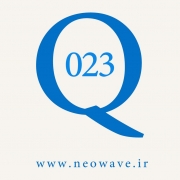
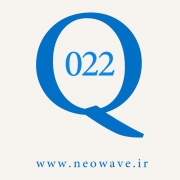
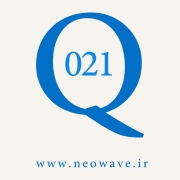
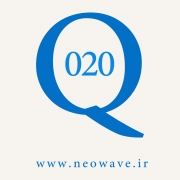
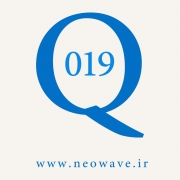
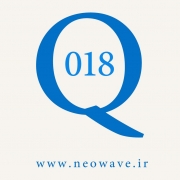
آخرین دیدگاهها